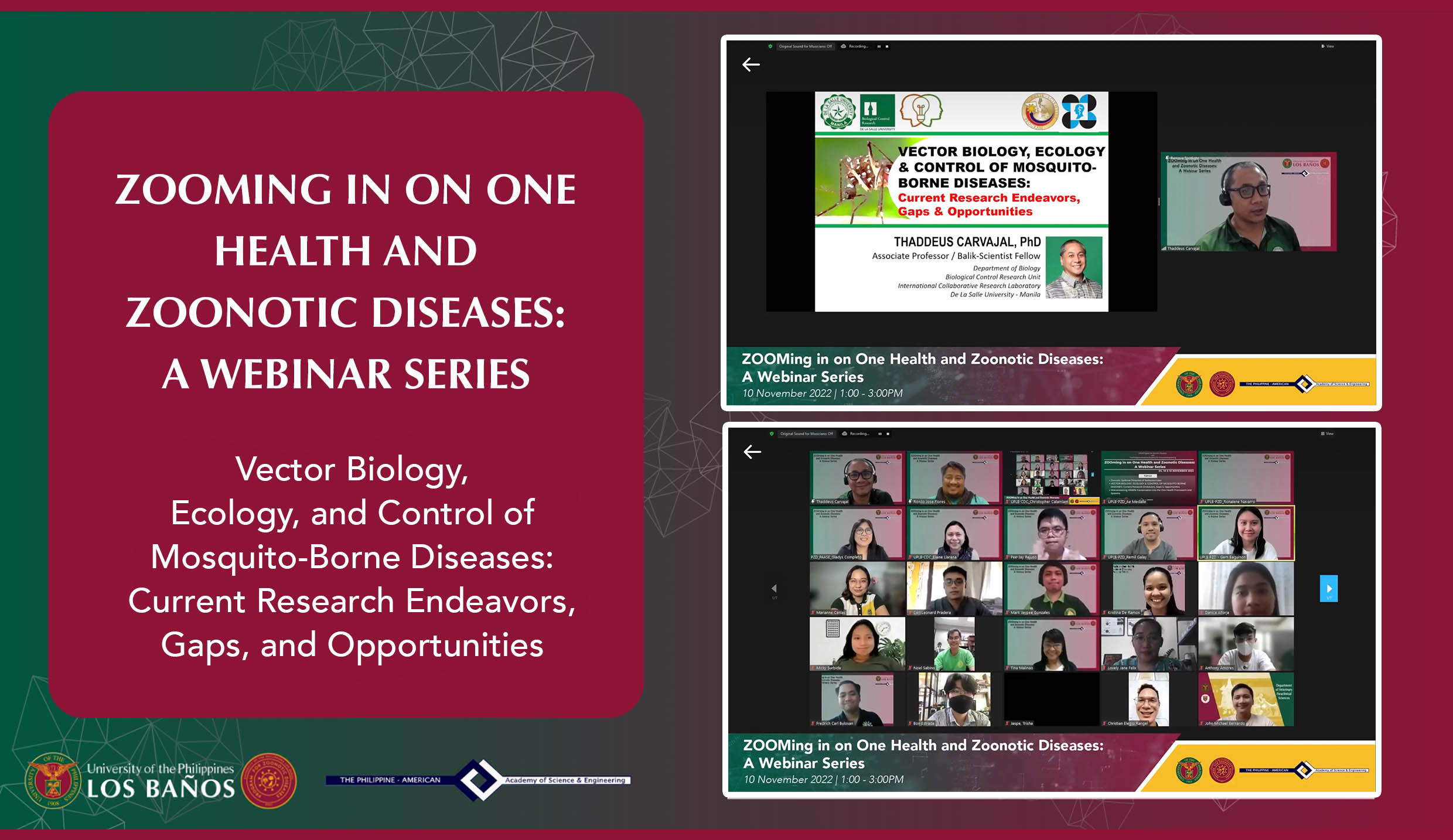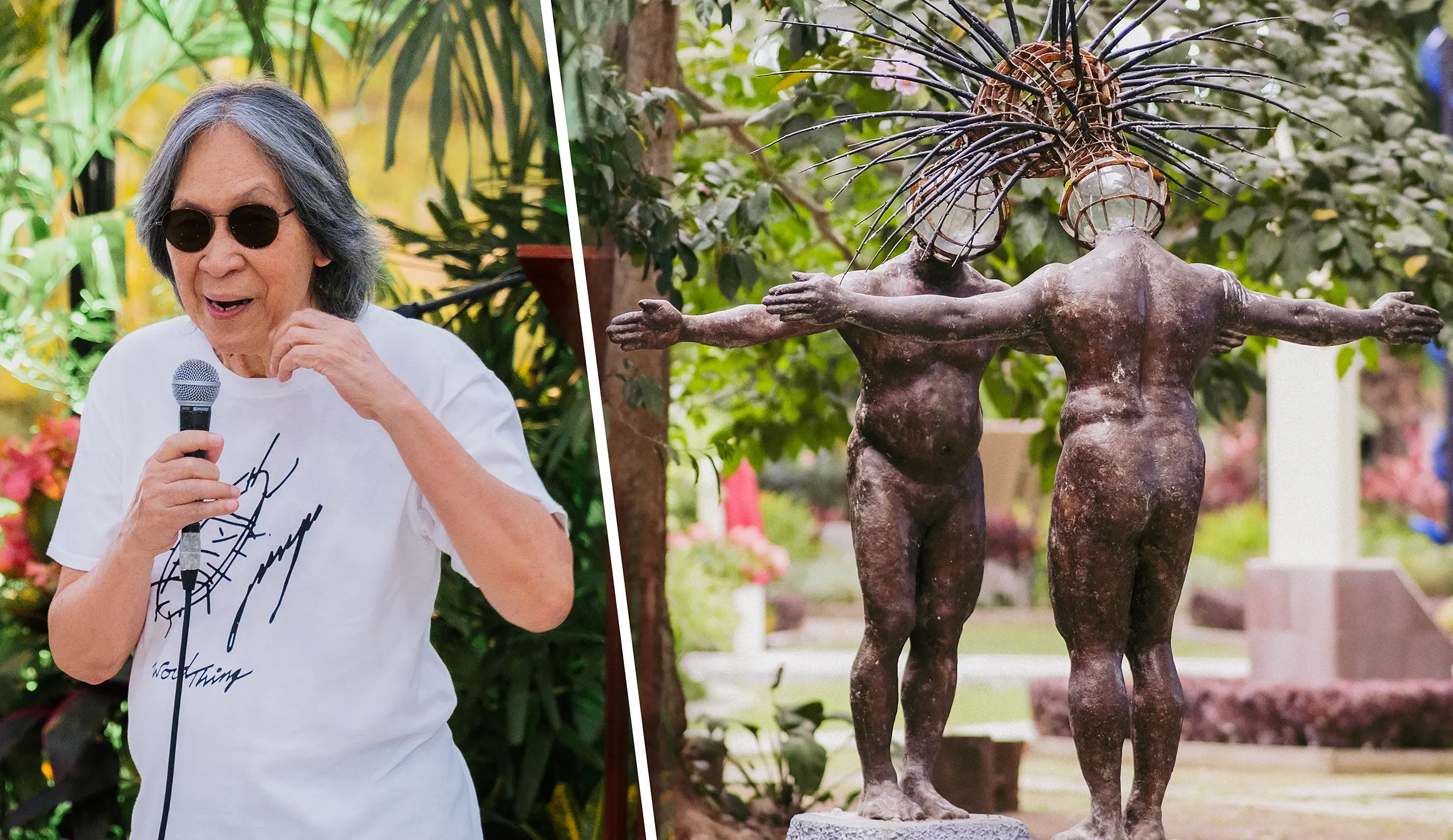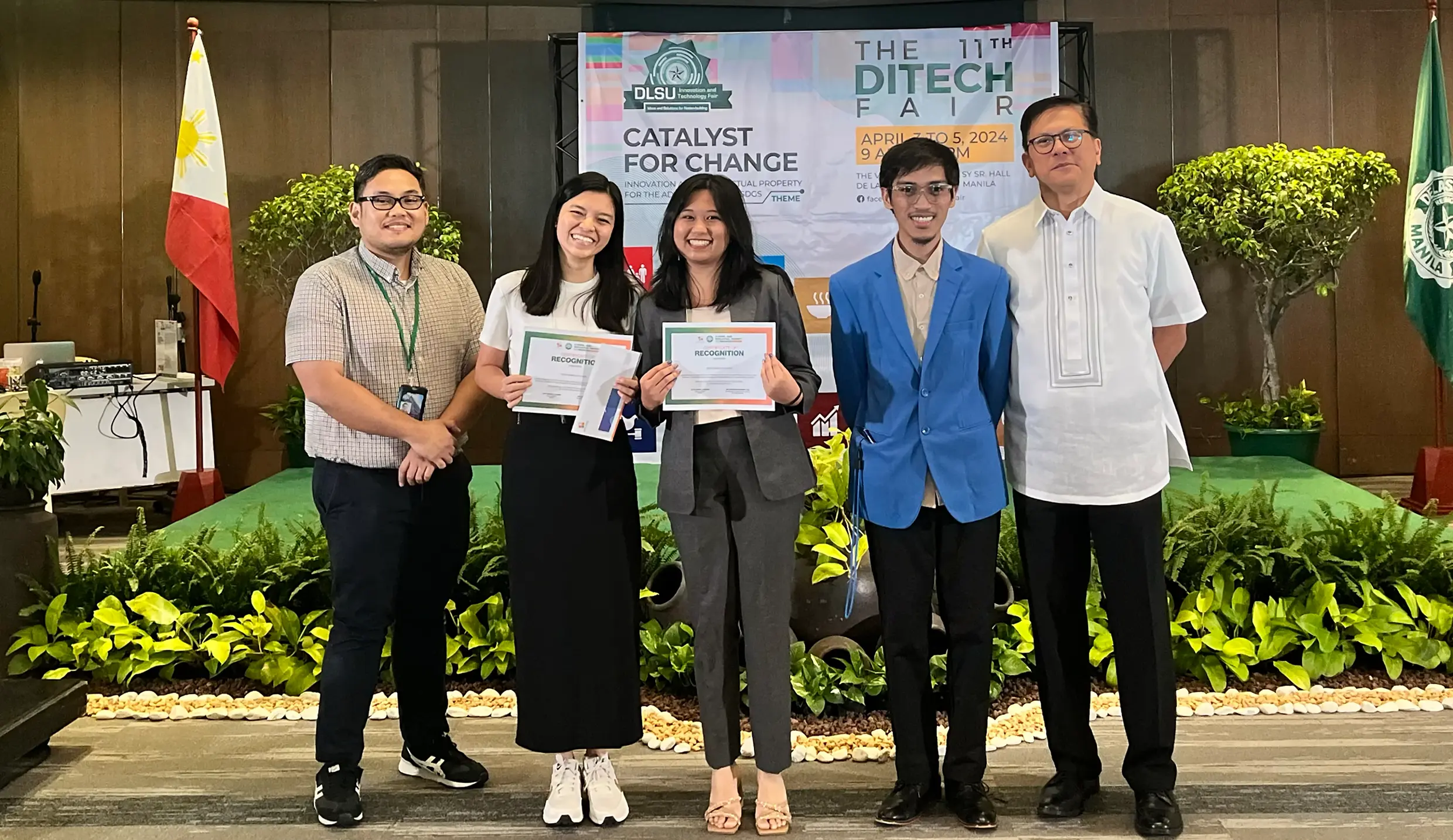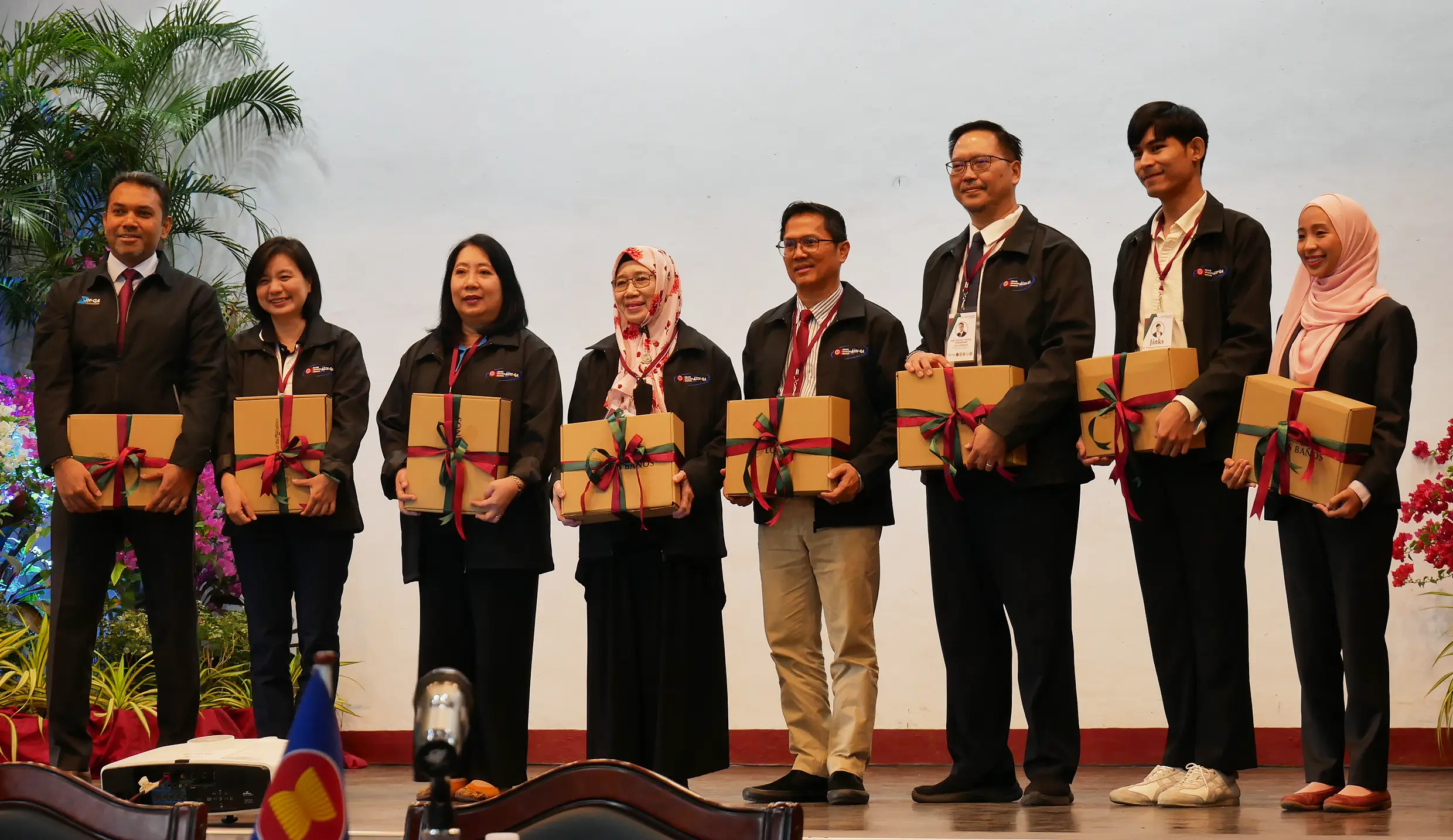
The UPLB Program for Zoonotic Diseases (PZD) partnered with the Philippine-American Academy for Science and Engineering (PAASE) to hold the webinar entitled “Vector Biology, Ecology, and Control of Mosquito-Borne Diseases: Current Research Endeavors, Gaps & Opportunities” on Nov. 10.
The webinar featured Dr. Thaddeus M. Carvajal, an associate professor at the Department of Biology of the College of Science, De La Salle University (DLSU). Dr. Carvajal is a Balik Scientist Fellow under the Department of Science and Technology-Philippine Council for Health Research and Development.
Dr. Carvajal focused his discussion of mosquito-borne diseases on dengue in this second of the three-part webinar series entitled “Zooming in on One Health and Zoonotic Diseases,” spearheaded by the UPLB Program for Zoonotic Diseases.
Dr. Carvajal discussed the framework used in studying mosquito-borne diseases, which has three overlapping aspects, namely: biological, which pertains to mosquito biology, pathogen epidemiology, and transmission dynamics; ecological, the climate pattern, urban environment or changing land use, and population density and movement; and sociological, which involves community dynamics, demographic or social change, household and economy practices, and health systems.
He talked about their relevant research activities at DLSU and shared with the audience a list of research gaps and opportunities under each aspect.
In explaining vector biology, Dr. Carvajal discussed the taxonomy, development, and breeding sites of two known dengue vectors, Aedes aegypti and Aedes albopictus. According to him, temperature has a significant influence on the development of Ae. aegypti with higher temperatures hastening maturity and for more females that exist vs. males.
He also said that his research group is the first to conduct studies on insecticide resistance in Ae. aegypti, which is crucial in vector control. A research area that might be pursued is the efficiency by which mosquitos acquire dengue virus serotypes.
Dr. Carvajal explained the importance of studying the population biology of mosquitos because this would help infer the spatial pattern and dispersal of mosquitos based on the landscape. The results of this study would help come up with vector control programs.
Among the vector control methods, Dr. Carvajal discussed biological control approaches used worldwide, such as plant-based molecules, predators, bacterial pathogens, and others.
Another highlight of his talk was the use of Wolbachia. These Gram-negative intracellular bacteria can infect arthropods through parasitism and produce a negative effect that can manipulate the reproduction, physiology, and immunity of arthropods and cause low hatching rates and reduce their lifespan. He explained that infecting mosquitos with Wolbachia is similar to vaccinating them to prevent the dengue virus replication within the mosquito.
Unlike other biological control methods that use population suppression, Wolbachia replaces the dengue-carrying mosquito population by infecting them. Further research on this method is being done, Dr. Carvajal said.
He concluded his lecture by discussing innovative studies on dengue, such as using the Internet of things, dengue Google trends, analysis of behavior in social media to map out epidemiology and social behavior, and the use of nanobiosensors in pre-screening and detection.
Dr. Carvajal also introduced the research undertaken by the Vector Biology, Ecology and Control Laboratory Group of DLSU in genomics, eco-epidemiology, big data, and the Internet of things in studying vector-borne diseases. The research group also aims to explore other vectors, such as cockroaches, ticks, and flies.
At the open forum, a question was raised on the effectiveness of household devices such as blue light, which has been observed to kill all insects despite being meant only to control mosquitoes. Dr. Carvajal said there are no testing facilities for these devices.
According to him, dengue cases observably dropped during the COVID-19 pandemic but almost tripled when restrictions were relaxed and mobility increased. He pointed out a research opportunity in ecological modeling from analyzing human mobility data based on how dengue cases spread.
Dr. Remil Galay, a faculty member at the College of Veterinary Medicine and head of the Program for Zoonotic Diseases, brought up the possibility of cross-resistance to other types of pyrethroids, given the observed high survival rate from using permethrin. The tests, he said, are only preliminary, and his team hopes to have a complete profile of insecticides used in the country.
On whether Wolbachia is endosymbiont with mosquitoes, Dr. Carvajal said that it depends on the species. He said that Wolbachia is observed to be endosymbiont with Ae. albopictus but not with Ae. aegypti. Endosymbiosis is a kind of symbiosis in which one of the symbiotic organisms lives inside the other. Wolbachia are found to live within many insect species.
This webinar may be viewed on UPLB Program for Zoonotic Diseases’ official Facebook Page. (Antoinette Sia)









